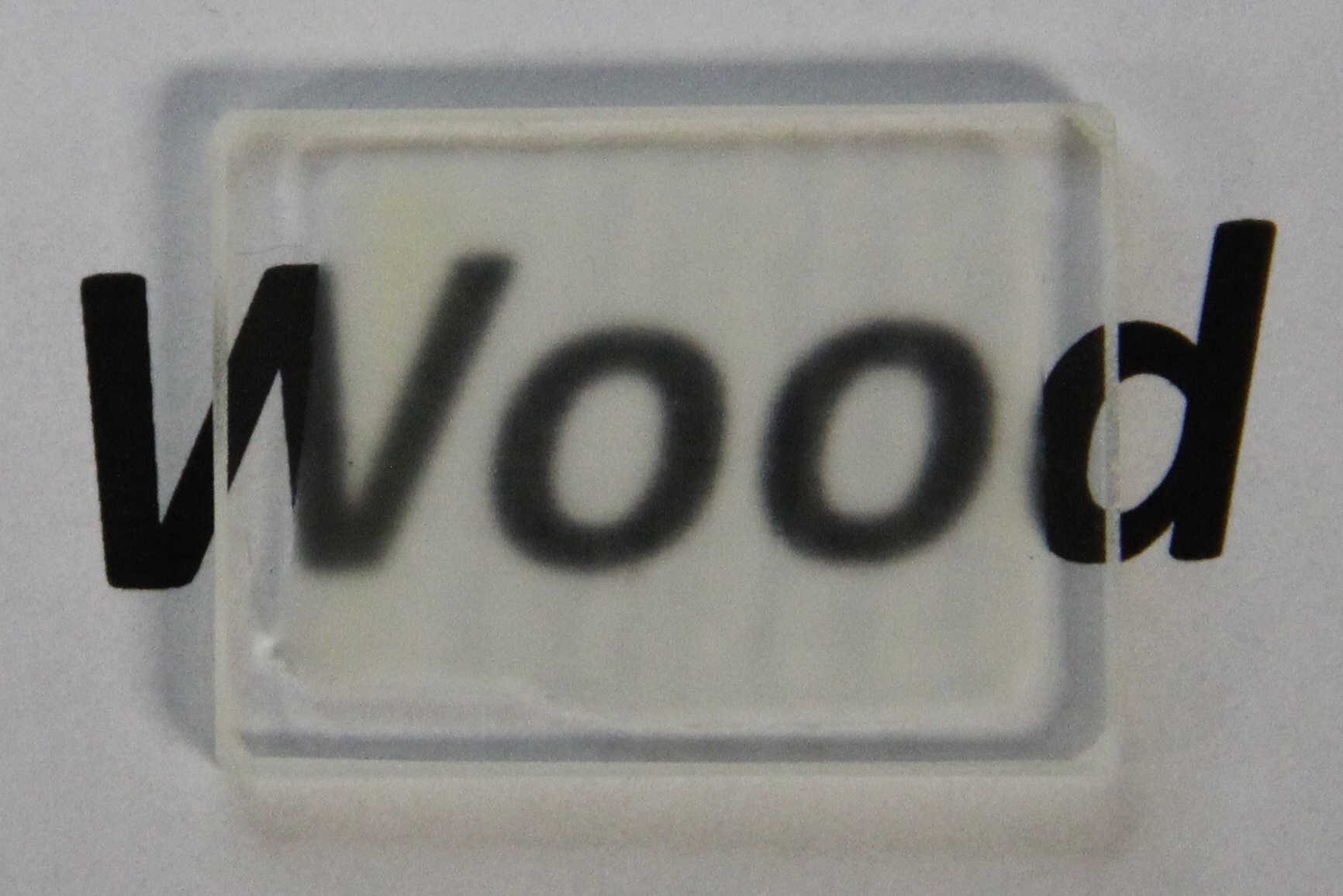While thinking about the houses people live in, Liangbing Hu wanted to ensure safety without sacrificing transparency.
The materials science professor at the University of Maryland proposed an idea to create wood that looked like glass, Mingwei Zhu — the paper’s co-author — wrote in an email, and a paper in the May issue of the journal Advanced Materials described how a team of researchers at the university made it happen.
“We need the house to protect us [and] make us feel comfortable,” Zhu said. “The wood provides for the house to be strong, and the glass lets light go into the house. These functions in traditional houses are conducted by different material[s] … so you can imagine what could happen if these functions could be realized in the same material.”
The research team used a two-step process that changed the color of a piece of wood from a shade of brown to clear, according to a New York Times article. The largest piece of wood the team has been able to turn clear is a 5-by-5 inch square — roughly the size of a hand — with the wood no more than a centimeter wide, the article said.
Three chemicals were used in the first part of the two-step process: sodium hydroxide, sodium sulfite and hydrogen peroxide, which dissolved the lignin — a molecule that gives the wood its color — and make the material transparent, said Tian Li, a postdoctoral researcher in materials science at this university who worked on the study. Afterward, the team filled the open pores of the wood with coating materials such as epoxy.
Because glass is delicate, the team also wanted to make the material stronger, said Jiaqi Dai, a materials science doctoral student at this university.
“Glass can be really transparent and [it] look[s] nice, but [it’s] fragile and can easily be broken,” he said. “He [Zhu] was thinking that maybe we could use this kind of wood structure to fabricate this transparent material to substitute windows in buildings.”
The wood could be used for more than just buildings and could eventually be used for car frames, tables and walls, Li said.
Making the wood distribute light evenly in a room was an application that the team discovered during its creation, Dai said.
“Whichever way you have the light come in, it always blares out, [and] there is always a glare … so with this wood, it is actually good for a uniform lighting [because] the glaring effect is gone,” Dai said.
As a result, the wood creates high levels of transparency and high haze — when light changes paths as it passes through the transparent wood — which makes it more evenly distributed in space, Zhu wrote.
“If you were to put the wood against newspaper, you would be able to see the words clearly,” Li said. “If you move the wood about five millimeters above, the words become blurry due to the light scattering effect.”
While the exact cost of the project is not certain, the materials used in can be bought in major consumer stores like Walmart, Li added. The research team is currently researching ways to make the process and the product environmentally friendly.



